D.E. Gary, C.U. Keller140202813X, 9781402028137, 9781402028144, 9789048167258, 9048167256
Table of contents :
140202813X……Page 1
Contents……Page 6
List of Figures……Page 14
List of Tables……Page 22
Preface……Page 24
1 Introduction, and Some History……Page 26
2 Electromagnetic Waves and Wireless……Page 27
3 Solar-Terrestrial Effects on Technologies……Page 30
4 Solar Radio Emissions……Page 32
5.1 Solar noise levels and technologies……Page 33
5.2 Solar noise interference……Page 35
5.3 Statistics of solar radio noise……Page 36
6 Conclusion and Looking to the Future……Page 38
References……Page 40
2 Overview of Solar Radio Physics and Interplanetary Disturbances……Page 42
1 General Context of the Radio Emissions……Page 44
2 Coronal Magnetography……Page 45
3.1 Energy dissipation……Page 49
3.2 Solar magnetic reconnection in the solar atmosphere and diagnostics on regions of acceleration……Page 50
3.3 Electron acceleration and transport during flares……Page 53
4 Coronal Mass Ejections……Page 55
4.1 Radio signatures of CMEs……Page 56
4.1.1 Lift-off and angular spread in the corona of flare/CME event……Page 57
4.1.3 Direct radio CME imaging……Page 59
5 Coronal and Interplanetary Shocks, Flares and CMES……Page 60
6 Interplanetary Coronal Mass Ejections……Page 62
7 Solar Energetic Particle Events……Page 64
8 Concluding Remarks and the Future of Radio Physics……Page 66
References……Page 68
1 Introduction and Background……Page 72
2.1 Radiative transfer……Page 74
2.2 Radio emission mechanisms……Page 75
3.1 Coronal magnetic fields……Page 77
3.2 The physics of flares……Page 78
3.3 Drivers of space weather……Page 80
3.4 The quiet Sun……Page 81
3.5 Synoptic measurements and forecasting……Page 83
4.1 Operational basis……Page 84
4.2 FASR instrumental requirements……Page 85
4.3 System design overview……Page 87
4.3.1 Antenna configuration……Page 88
4.3.3 Feeds and front ends……Page 89
4.3.4 Signal transmission……Page 90
5 Operational Issues……Page 91
6 Concluding Remarks……Page 92
References……Page 93
1 Introduction……Page 96
2 Characteristic Frequencies of the Solar Atmosphere……Page 98
4 Free-Free Diagnostics……Page 100
5 Gyroresonance Diagnostics……Page 102
6 Gyrosynchrotron Diagnostics……Page 106
7 Exotic Mechanisms……Page 108
8 Conclusion……Page 110
References……Page 111
5 Coronal Magnetic Field Measurements through Gyroresonance Emission……Page 114
1 Coronal Magnetic Fields are Intrinsically 3D……Page 115
2 Extrapolations of Surface Magnetic Fields……Page 116
3.1 Physical mechanism……Page 117
3.2 Opacity……Page 118
4.1 Radio emission from a dipole magnetic field……Page 121
4.3 Variation with frequency……Page 123
5 Observational Examples……Page 126
6.1 Coronal magnetic field measurement……Page 129
6.2 Simulations of FASR magnetic field measurements……Page 131
6.3 Coronal currents……Page 132
6.4 Tests of magnetic extrapolations……Page 133
7 Summary……Page 136
References……Page 137
2.1 Equations of transfer……Page 140
2.3 Basic expression for anisotropic plasma……Page 142
3.1 Diagnostics of the mechanism of the emission generated by thermal bremsstrahlung……Page 143
3.2 Expressions for the magnetic field……Page 144
3.3 Radio measurements of the magnetic field……Page 145
4.1 Optically thin regions……Page 146
4.2 Optically thick regions……Page 147
4.3 Combination of optically thin and thick regions……Page 148
5 Radio Magnetograms of Solar Active Regions……Page 149
6 Magnetic Fields in Prominences……Page 150
7 Magnetic Fields in a Coronal Hole……Page 152
8 Magnetic Fields in Coronal Loops……Page 155
9 Future Development of the Method……Page 156
References……Page 158
1.1 Introduction……Page 160
1.2 Effects of electromagnetic wave mode coupling……Page 162
2 Results and Prospects of Microwave Observations……Page 165
2.1 Regularities of the inversion phenomenon……Page 166
2.2 Multiple inversion……Page 169
2.4 Oscillations……Page 170
3.1 Normalization procedure……Page 172
3.2 The source-QTR distance……Page 173
3.3 Scrutiny of a coronal magnetogram……Page 174
4 Summary and Conclusions……Page 175
References……Page 176
8 Overview of Solar Flares……Page 178
2.1 Yohkoh……Page 179
3 The Flare Concept……Page 180
3.2 Flares and CMEs……Page 181
4 Flare Loops……Page 182
4.1 Footpoints, coronal spectroscopy, and evaporation……Page 183
4.2 Arcades……Page 184
4.2.1 “Sigmoids” and filament cavities……Page 187
5 Particle Acceleration……Page 188
5.2 Coronal sources……Page 189
6.1 Parallel and perpendicular flows……Page 191
6.2 Dimming……Page 192
6.3 Global waves……Page 193
7 Microflares and Nanoflares……Page 194
9 Conclusions……Page 197
References……Page 198
1 Introduction……Page 204
2.1 Trap-and-precipitation……Page 207
2.2 Trap, bypass, and precipitation……Page 208
3.2 Trap or precipitation?……Page 209
3.3 Extended and evolving trap……Page 211
3.4 Trap without precipitation……Page 212
4.1 Weak diffusion……Page 214
4.2 Intermediate diffusion……Page 216
4.3 Strong diffusion……Page 218
4.4 Pitch angle scattering and MWR maps……Page 221
5 Electron Energy Variation……Page 222
6 Concluding Remarks……Page 223
References……Page 225
10 Decimeter Burst Emission and Particle Acceleration……Page 228
2 The Decimeter Range……Page 229
2.1 Spectral types and classifications……Page 230
2.2 High-frequency limit of the decimeter range……Page 234
2.3 Why decimetric radio bursts?……Page 235
3.2 Decimetric narrowband spikes……Page 236
3.4 Flares without radio emission……Page 237
4.1 Location of source regions……Page 239
4.2 Evidence for reconnection……Page 240
5.1 Beam emissions……Page 242
5.2 Emissions from the acceleration site……Page 243
6 Conclusions……Page 244
References……Page 245
1.1 A brief CME primer……Page 248
1.2.1 Thermal free-free……Page 250
1.2.2 Nonthermal gyrosynchrotron……Page 251
2 Radio CME Observations During Cycle 23……Page 252
2.2 CME development……Page 254
2.3 Detection of CME-associated structures……Page 256
2.4 Radio prominence eruptions……Page 257
2.5 Type II emission……Page 258
2.7 Overview……Page 259
3.1 Advantages of radio observations……Page 260
3.3 Instrument requirements……Page 261
References……Page 264
12 Tomographic 3D-Modeling of the Solar Corona with FASR……Page 268
1 Introduction……Page 269
2.1 Simulation of FASR images……Page 270
2.2 Peak brightness temperature……Page 273
2.3 Temperature and density diagnostic of loops……Page 277
2.4 Radio versus EUV and soft X-ray diagnostics……Page 280
3 Chromospheric and Coronal Modeling……Page 282
4 Future FASR Science……Page 286
References……Page 287
1 Introduction……Page 290
2 2D Coronal Magnetography……Page 292
3 Diagnostics of Quasi-Transverse Layers……Page 295
4 Coronal Iron Abundance……Page 296
5 3D Coronal Magnetography……Page 298
6 Future of Coordinated Radio and EUV/Soft X-ray Observations……Page 306
References……Page 309
1 Introduction……Page 312
2 Observing the quiet Sun at radio wavelengths……Page 314
3 General appearance of the quiet Sun in radio waves……Page 316
3.2 Millimeter and microwave observations……Page 317
4 Thermal stratification of the quiet Sun……Page 319
5 Filaments and prominences……Page 321
6 Coronal heating events in the quiet Sun……Page 322
7 FASR and the quiet Sun……Page 325
References……Page 326
1 Introduction……Page 330
2 Type III Bursts……Page 332
2.1 Isolated type III bursts……Page 333
2.2 Complex type III bursts……Page 334
2.2.1 Origin of nonthermal electrons……Page 335
2.2.2 Complex type III bursts and CMEs……Page 336
2.3 Type III storms……Page 337
2.3.1 Cessation and recovery of type III storms……Page 338
3 Type II Bursts……Page 339
3.1 IP shocks, CMEs and type II radio bursts……Page 341
3.1.1 DH type II bursts……Page 342
3.2 Are type II bursts CME-driven?……Page 343
3.3 What is a fast CME?……Page 345
4.1.1 Radio signature solely due to CME interaction……Page 348
4.1.2 Medium modification: Interaction between two fast CMEs……Page 349
4.1.4 What we mean by CME interaction……Page 350
4.2 Unusual radio signatures……Page 353
5 Concluding Remarks……Page 354
References……Page 355
1 Introduction……Page 360
2 Theory……Page 361
3 Other Coronal Observations……Page 367
4 Previous Radar Measurements……Page 370
5 New Observations……Page 373
6 Use of an Imaging Receiver……Page 376
References……Page 377
17 Three-Dimensional Tomography Of Interplanetary Disturbances……Page 380
1 Introduction……Page 381
2 Global Data Analyses……Page 383
2.1 IPS measurements……Page 384
2.2 Helios spacecraft Thomson scattering measurements……Page 387
3 Model and Tomographic Analysis……Page 391
3.1 Solar wind model……Page 392
3.2 Computer analysis……Page 393
4 In-situ Comparisons……Page 396
4.1 Reconstructed global observations……Page 399
5 Conclusion……Page 406
References……Page 407
B……Page 412
D……Page 413
F……Page 414
L……Page 415
P……Page 416
S……Page 417
W……Page 418
Z……Page 419
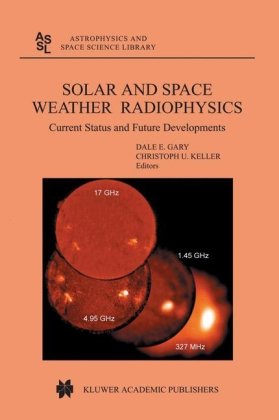
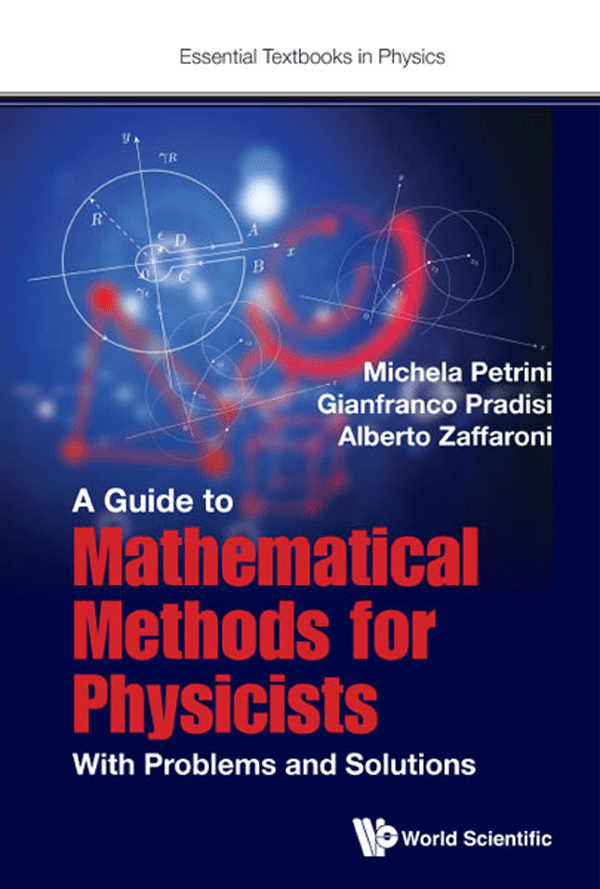
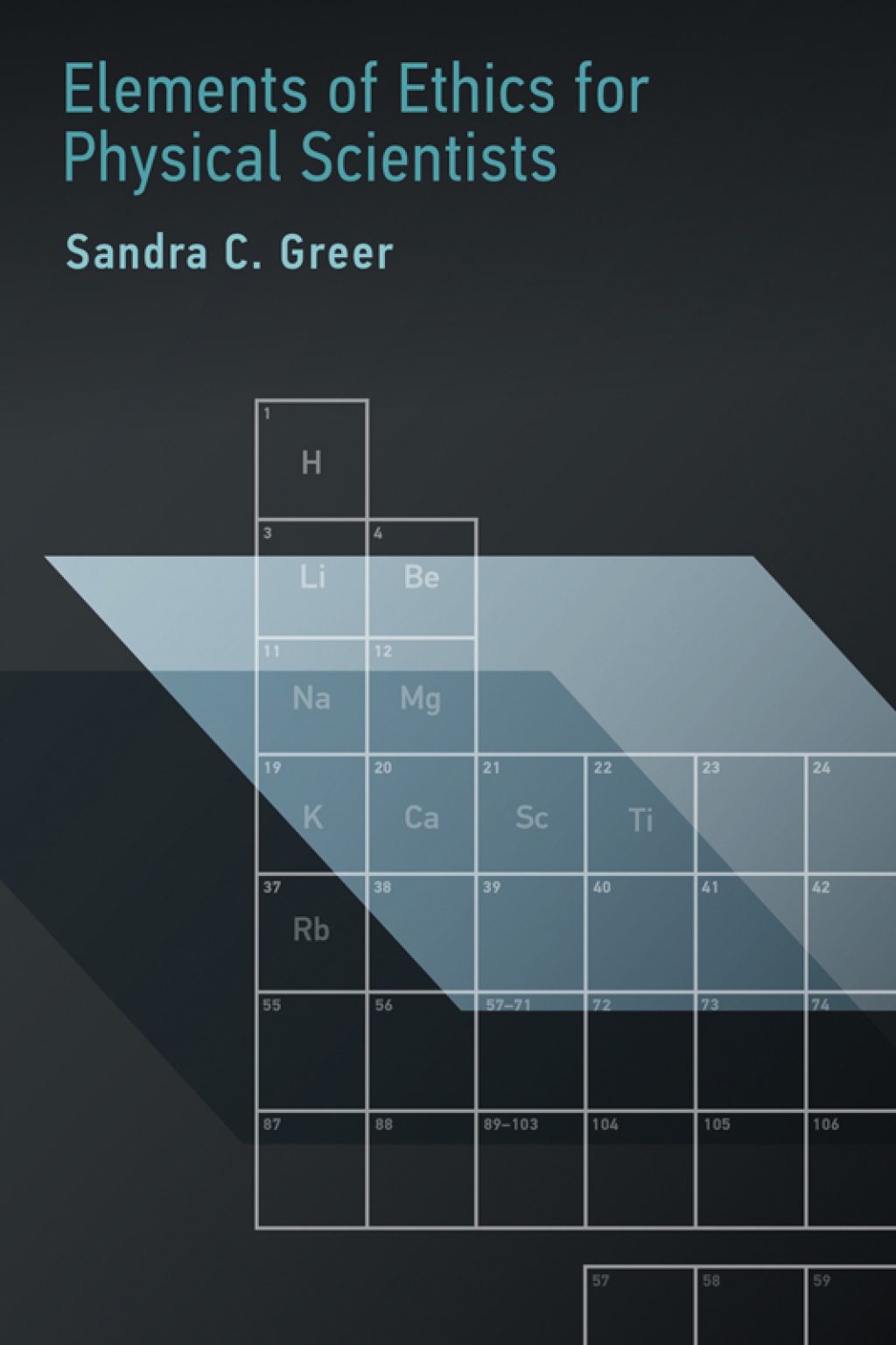

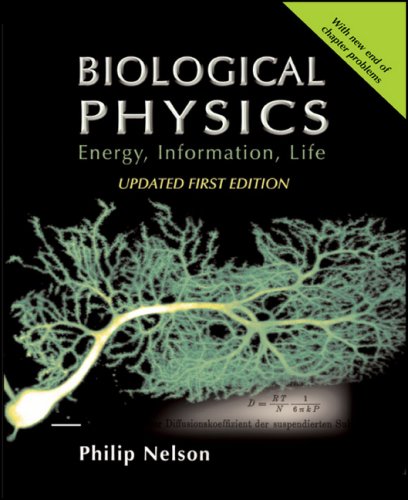

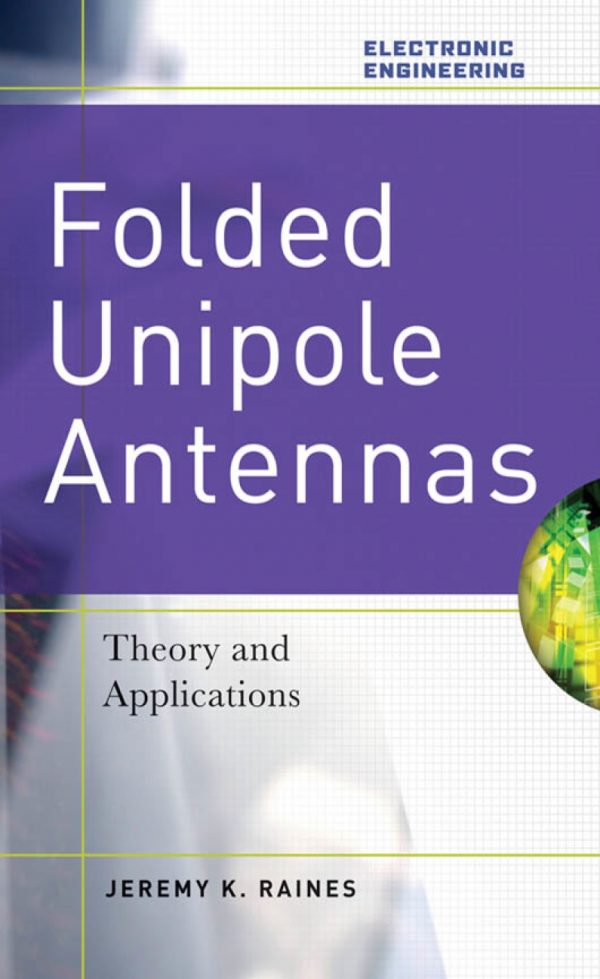
Reviews
There are no reviews yet.